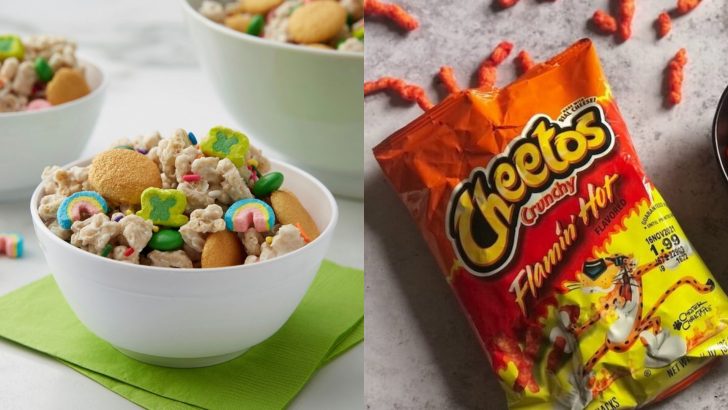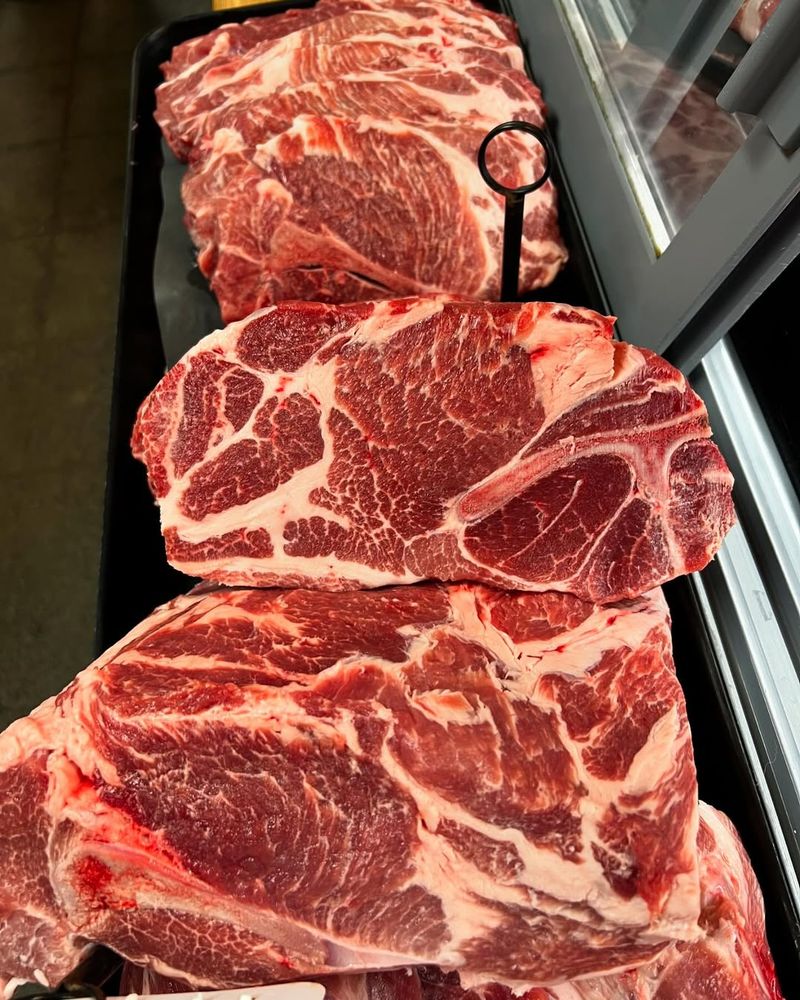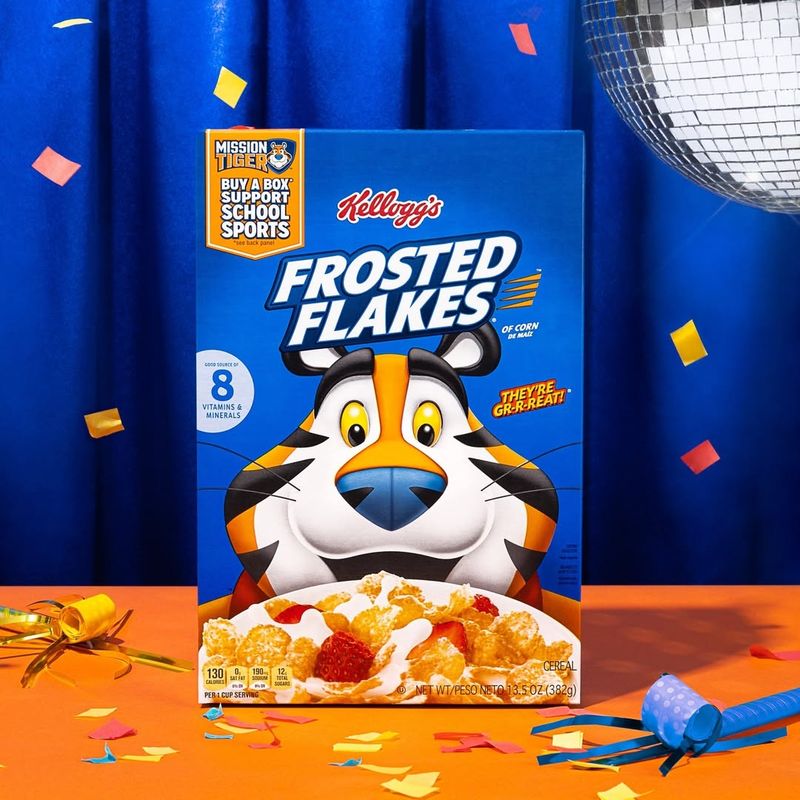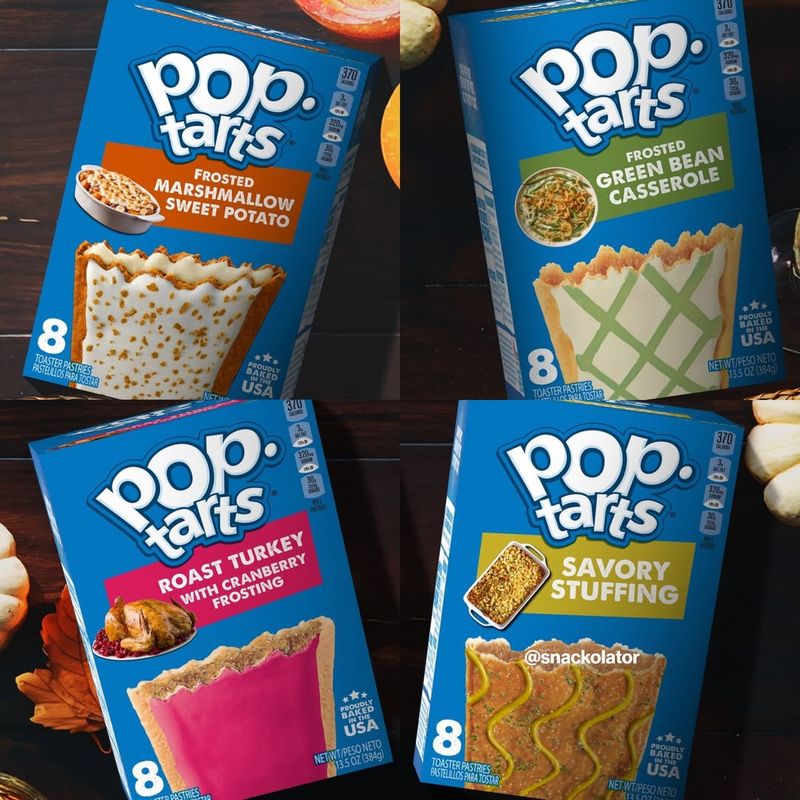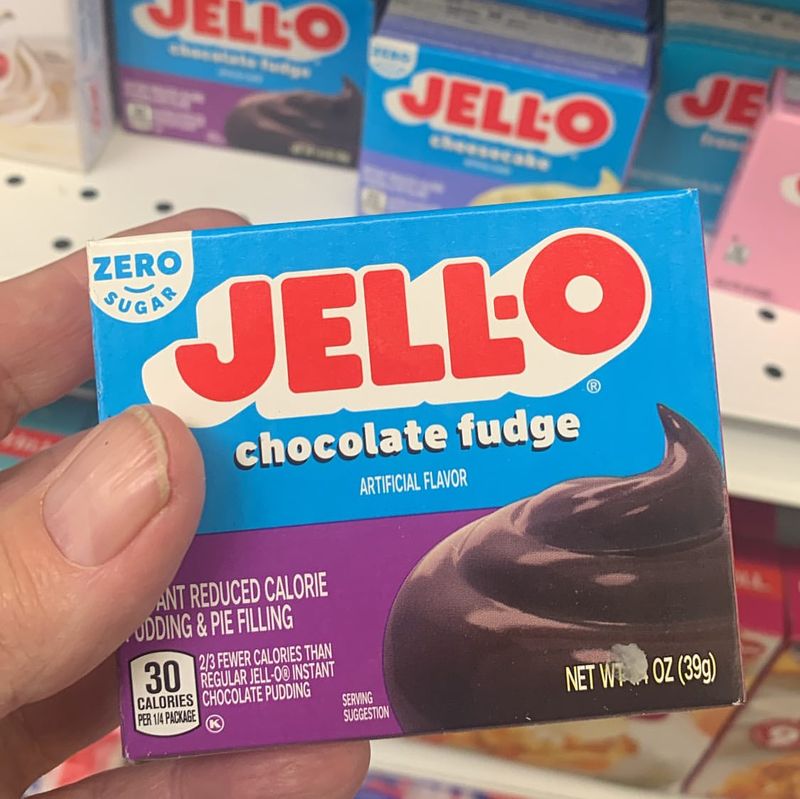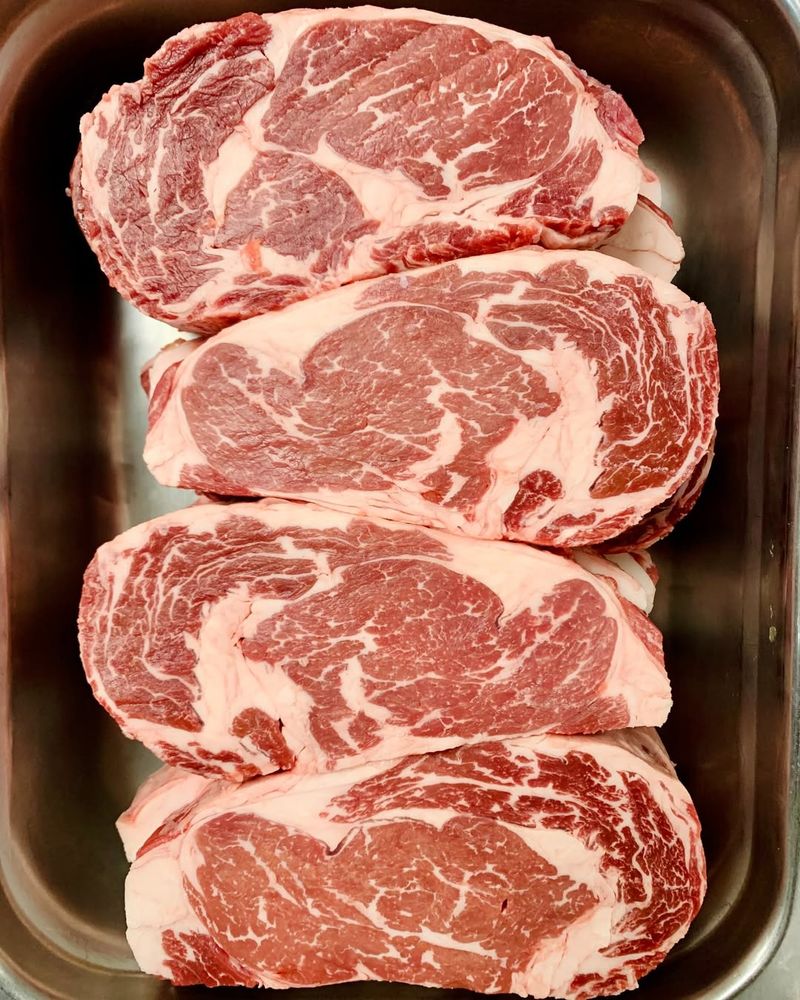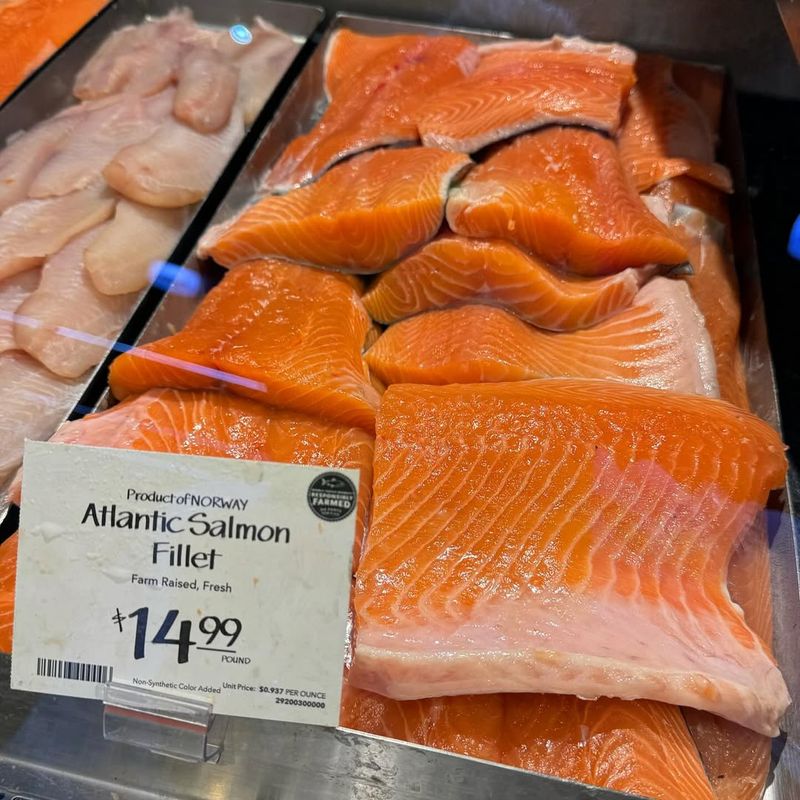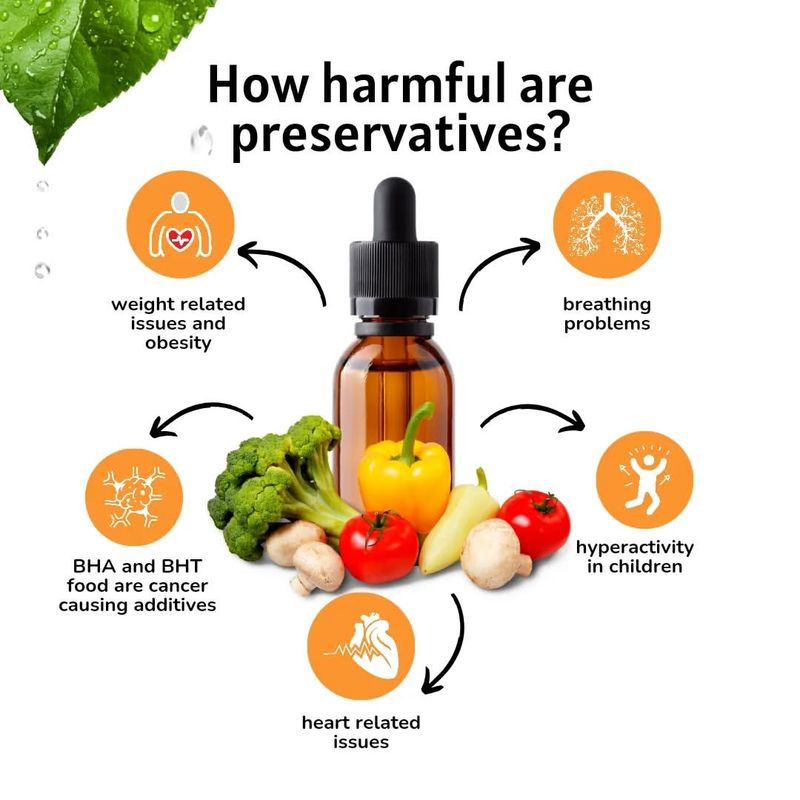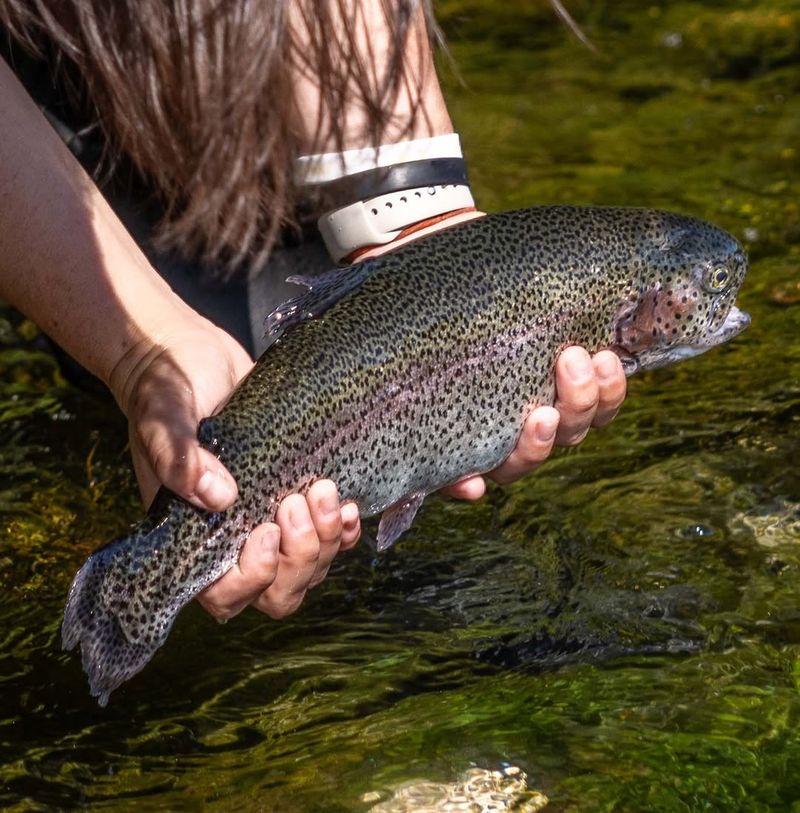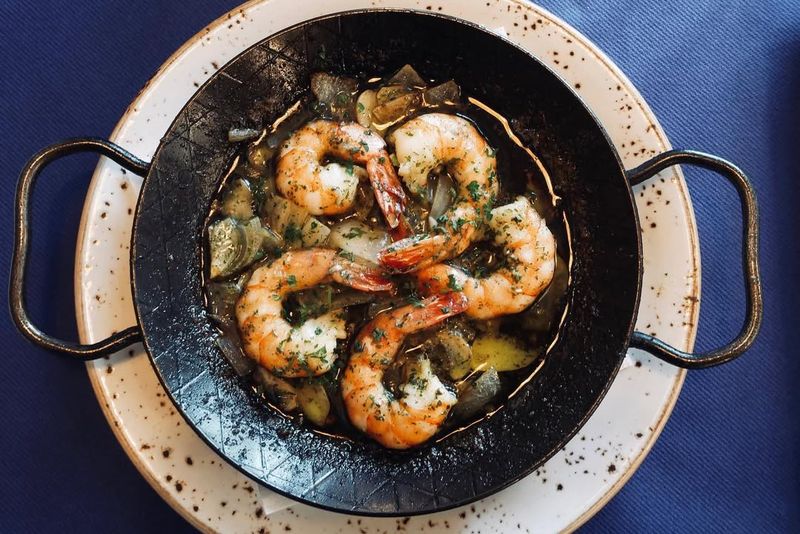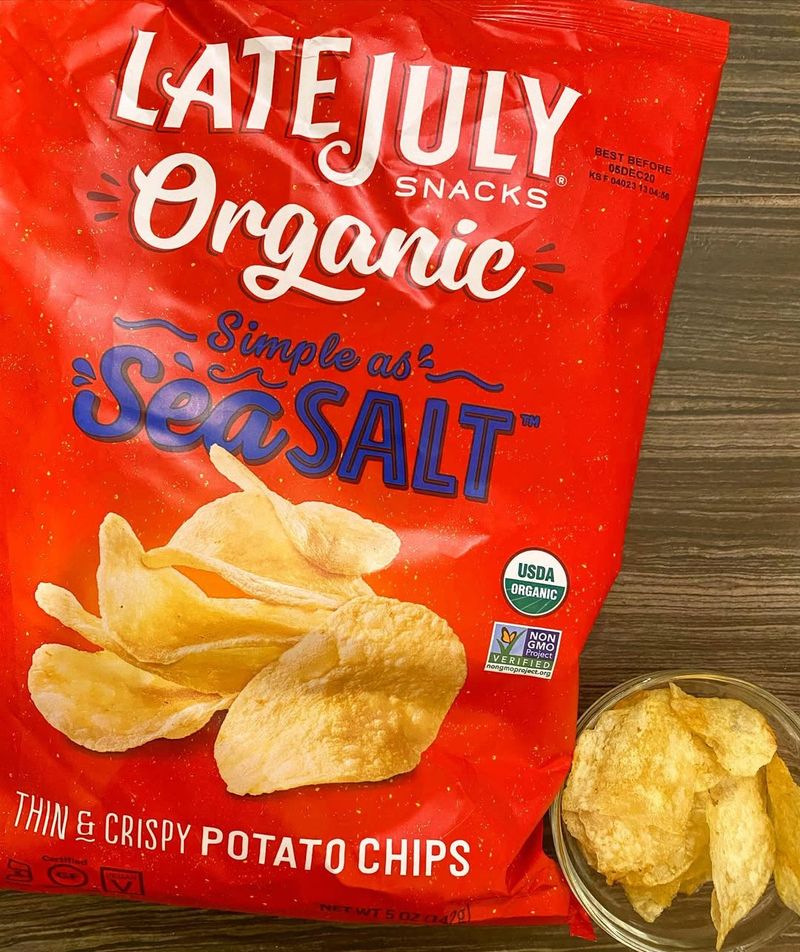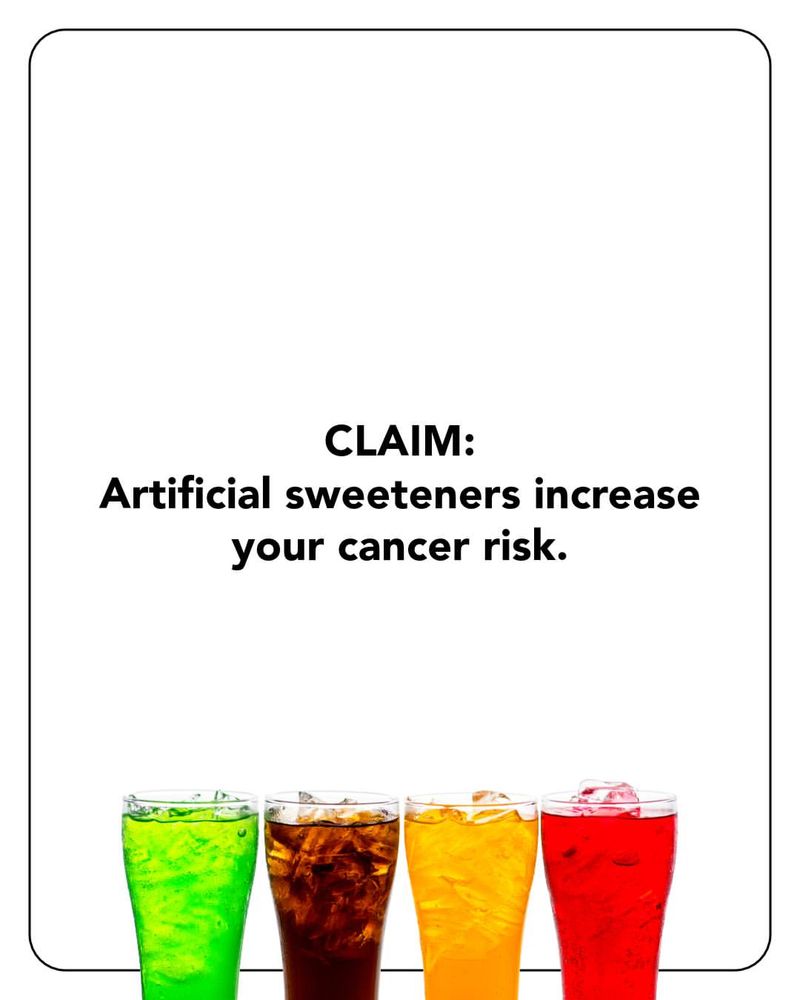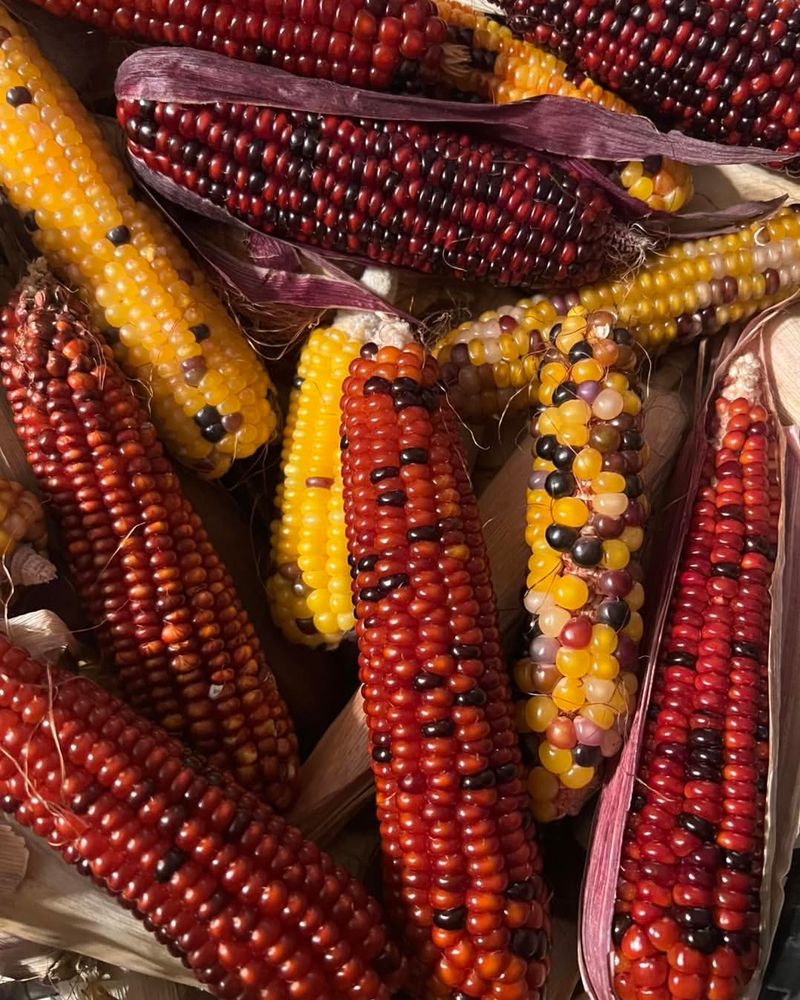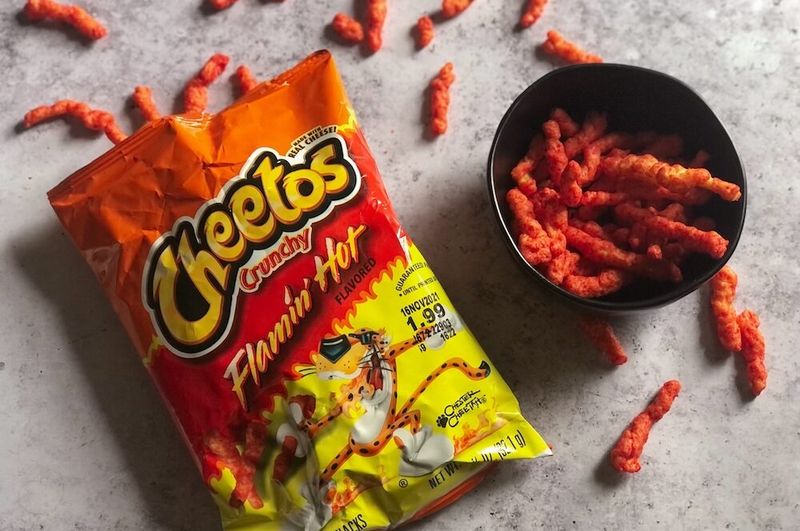Americans have created some truly unique (and often bizarre) dishes—but many of them leave foreigners utterly horrified. From unnaturally bright cheeses to deep-fried… everything, here are the U.S. foods that make other countries politely (or not so politely) refuse a bite.
The American love affair with processed, sugar-loaded, and artificially flavored foods often clashes with other cultures’ culinary traditions, where fresh, simple ingredients reign supreme.
Would you try these American oddities? Or are you with the rest of the globe on this one?
1. Mountain Dew
Starting with a splash, this popular soda is not everyone’s cup of fizz. Mountain Dew, a favorite for many in the U.S., contains high levels of caffeine and a controversial food dye known as Yellow 5. In some countries, these ingredients raise eyebrows, as Yellow 5 has been linked to hyperactivity in children.
Although it’s refreshing and bubbly, its neon hue might just be too electric for international palates. A few nations have strict rules about the additives in their beverages, leading to Mountain Dew’s absence from their shelves. Enjoy it in America, where it keeps its throne as a soda staple.
2. Ractopamine Pork
Pork enthusiasts might find themselves at a loss when traveling to certain parts of the globe. The use of ractopamine, a feed additive that promotes leanness in pigs, is a controversial practice sparking international debate. While it’s widely accepted in the U.S., many countries ban it due to health concerns.
This leads to a bacon void for those craving the American version. Strict regulations in Europe and China mean ractopamine-treated pork is a no-go, turning hog wild into hog mild. Globetrotters might need to seek alternatives or enjoy pork sans additives.
3. Kellogg’s Frosted Flakes
They’re grrreat in America, but certain countries beg to differ. Kellogg’s Frosted Flakes, with their sweet coating and iconic tiger mascot, are breakfast staples that face rejection elsewhere. Due to high sugar content and the presence of artificial flavors, some nations wave the red flag on these flakes.
Health regulations in countries like France and Austria favor cereals with less sugar, nudging Frosted Flakes out of the breakfast club. For those used to their morning sugar rush, this cereal’s absence could feel like a great loss.
4. American Cheese
Only in America does cheese come in such a vibrant shade of yellow. American Cheese, known for its smooth melt and perfect burger fit, finds itself in the melting pot of banned foods abroad. The reasons are manifold: it’s processed, packed with additives.
Sometimes it doesn’t even meet the legal definition of ‘cheese’ elsewhere. In places like the European Union, cheese standards are stricter, leaving American Cheese off the list. For those who cherish its gooey embrace, this might be a cheddar disaster when traveling.
5. Pop-Tarts
Breakfast convenience meets a sugary delight in Pop-Tarts, but this on-the-go pastry isn’t universally embraced. The iconic snack contains artificial colors and preservatives that some countries don’t fancy. While loved for their flavor variety these pastries face scrutiny in nations with stricter food regulations.
The EU, for instance, prefers natural ingredients over synthetic ones, leading to Pop-Tarts being sidelined. For Americans heading overseas, breakfast might need a rethink. International breakfast tables offer a chance to explore new, perhaps healthier options.
6. Jell-O
Wiggle, jiggle, Jell-O finds itself in a bit of a quagmire abroad. This jiggly dessert, adored by many in the U.S., contains artificial colors and sweeteners that make it less palatable in other countries. With a texture that’s both fun and peculiar, it’s a staple in American households.
However, the European market, favoring natural over artificial ingredients, doesn’t always share the same enthusiasm. Jell-O’s playful nature might be missed by American expats. After all, dessert is universal, and there’s always a new one to discover.
7. Hormone-Treated Beef
Beef lovers might find themselves in a bind abroad due to differing views on cattle farming. Hormone-treated beef, a common practice in the U.S., sparks disagreement in many countries. The use of growth hormones in cattle raises concerns about potential health risks and animal welfare.
This has led to bans across the European Union and other nations, where beef comes au naturel. For American travelers accustomed to hormone-enhanced cuts, dining abroad might offer a fresh perspective on how beef can be raised and tasted.
8. Twinkies
Twinkies, with their spongy texture and creamy filling, are a nostalgic treat for many in the U.S. Yet, their ingredient list raises eyebrows overseas. Packed with high fructose corn syrup and preservatives, Twinkies don’t align with food safety standards in several countries.
Health-conscious regulators, particularly in Europe, prefer snacks with simpler, more natural ingredients. For those who grew up savoring these golden treats, their absence abroad might mean a nostalgic pang. Embrace the sweet surprises of foreign treats while keeping Twinkies fondly in memory.
9. U.S. Farmed Salmon
Fish tales aren’t always about the one that got away, especially when it comes to U.S. farmed salmon. Raised in conditions that often involve antibiotics and artificial coloring, this type of salmon is frowned upon by various countries.
Concerns over sustainability and food safety lead to its restriction across the pond. European and Asian markets, in particular, prefer wild-caught alternatives that promise a more natural taste and healthier profile.
10. Little Debbie Snack Cakes
Sweet treats can be a little too sweet for some countries, and Little Debbie snack cakes fit this bill. Known for their sugary goodness and cheerful packaging, these snacks are beloved in America but face a different reception abroad.
High sugar content and artificial additives make them a questionable choice for health-conscious nations. Countries with stricter food laws, such as those in the EU, opt for snacks that align more closely with natural food standards.
11. BHA And BHT Preservatives
Preservatives keep food fresh, but some have overstayed their welcome on international shelves. BHA and BHT, commonly used in American packaged foods, are synthetic antioxidants that extend shelf life. However, their potential health risks, such as links to cancer and endocrine disruption, lead some countries to ban them.
Many European nations exercise caution and prefer natural preservation methods. For American travelers, this might mean checking labels more closely or opting for fresher, less processed options. It’s a preservative predicament that underscores the evolving nature of food safety across the globe.
12. Skittles
Taste the rainbow? Not everywhere. Skittles, with their colorful appeal and fruity flavors, are a sweet sensation in the U.S., but face scrutiny abroad. The artificial colors used in their production, such as Red 40 and Yellow 5, are banned in several countries due to health concerns.
While they add vibrancy to this candy, their safety remains a point of debate. As a result, some markets choose to exclude them from their candy aisles. For those with a penchant for these chewy delights, it may be time to explore other sweet offerings when traveling.
13. Bromated Flour
Flour power takes a different shape when bromate is involved. Bromated flour, used to strengthen dough and improve bread rise, is a staple in some American bakeries. However, the potential carcinogenic effects of potassium bromate lead many countries to prohibit its use.
For bread lovers abroad, this means enjoying loaves made with alternative methods that exclude bromate. The absence of this additive might alter the texture, but it’s a chance to appreciate the diverse bread traditions around the world.
14. Artificially Colored Farmed Trout
When it comes to fish, color can be misleading. Artificially colored farmed trout, with its enhanced pink hue, aims to appeal to consumers but fails to convince international regulators. The use of synthetic astaxanthin to achieve this color raises eyebrows due to potential health risks.
In response, many countries opt for natural alternatives, preferring trout that displays its authentic, unaltered color. For fish lovers, this means savoring the genuine taste and appearance of trout, free from artificial enhancements.
15. Farmed Shrimp With Antibiotics
Shrimp may be small in size but big in controversy. Farmed shrimp from the U.S. often come with a dose of antibiotics that other countries find hard to digest. Concerns over antibiotic resistance and environmental impact lead many nations to restrict such imports.
Instead, they prefer shrimp sourced from regulated aquaculture practices that ensure healthier and more sustainable seafood. For those accustomed to American shrimp, traveling offers a delightful chance to try varieties that emphasize quality over quantity.
16. Olestra
In the snack world, fat substitutes like Olestra promised guilt-free indulgence but fell short of international acceptance. Used in some American chips and snacks, Olestra’s effects, including digestive issues, led to its ban in several countries.
Health-conscious consumers and regulators prefer natural fats, even if they come with more calories. For those used to munching on Olestra-laden chips, the global snack scene offers alternatives that prioritize taste and health.
17. Artificially Colored Marshmallows
Marshmallows bring a pop of color and a burst of fun, but their artificial hues don’t fly everywhere. Countries with stricter food regulations frown upon the synthetic dyes used in these fluffy treats. Health concerns and preferences for natural ingredients lead to their exclusion from foreign markets.
For those who love their marshmallows in all shades of the rainbow, this could be a disappointment when shopping abroad. However, it’s an opportunity to try international sweets that offer their own unique forms of deliciousness.
18. Artificially Sweetened Soft Drinks
In the realm of soft drinks, artificial sweeteners have been a game-changer, but not all countries are on board. Ingredients like aspartame and saccharin, commonly found in American diet sodas, face bans due to health concerns. Some countries prefer natural sweeteners or less sugary options.
For soda enthusiasts, this means adjusting their palates to local offerings when traveling. Although the fizzy thrill of American sodas might be missed, trying new drinks can be an exciting adventure. It’s a refreshing reminder that taste can be as diverse and dynamic as the cultures we explore.
19. White Bread With Bleached Flour
White bread might be a staple, but its bleached counterpart doesn’t make the cut everywhere. The use of chemicals to whiten flour raises health concerns, leading some countries to favor unbleached alternatives. Travelers might find white bread with a more natural look and texture in their overseas breakfast baskets.
While the bleached version is common in many American households, the global bread experience offers a chance to explore different grains and flavors. Bread lovers can savor diverse traditions that elevate this humble staple to new heights, one slice at a time.
20. Genetically Modified Corn
Corn and controversy often go hand in hand, especially when genetic modification is involved. Genetically modified corn, prevalent in American agriculture, faces resistance in various countries due to environmental and health concerns.
These nations opt for non-GMO crops that align with their agricultural policies and consumer preferences. For corn enthusiasts, this means exploring dishes made with traditional varieties that offer a different taste and texture. It’s a chance to enjoy the agricultural diversity.
21. Flamin’ Hot Cheetos
Flamin’ Hot Cheetos, a fiery snack coated in a spicy, red powder, are adored by spice enthusiasts in the U.S. Their intense heat and bold flavor make them a favorite at parties and gatherings. However, the vivid red dye used in these snacks, combined with high levels of salt and artificial flavors, has sparked health concerns.
Countries like the United Kingdom have restrictions on such additives, fearing potential hyperactivity in children and adverse health effects. Despite their fiery appeal, these snacks remain a controversial topic when it comes to international food safety standards.
22. Lucky Charms Cereal
Lucky Charms cereal, with its iconic marshmallow pieces, is a breakfast staple for many American children. The bright, rainbow-colored marshmallows are both visually appealing and tasty, making breakfast fun. Yet, the artificial dyes and sugars used in this cereal have led to scrutiny abroad.
In countries like Austria and Norway, the use of certain food colorings and preservatives found in Lucky Charms are prohibited, due to health concerns. Despite its charm in the U.S., this cereal faces international bans, spotlighting the differing food safety regulations worldwide.

